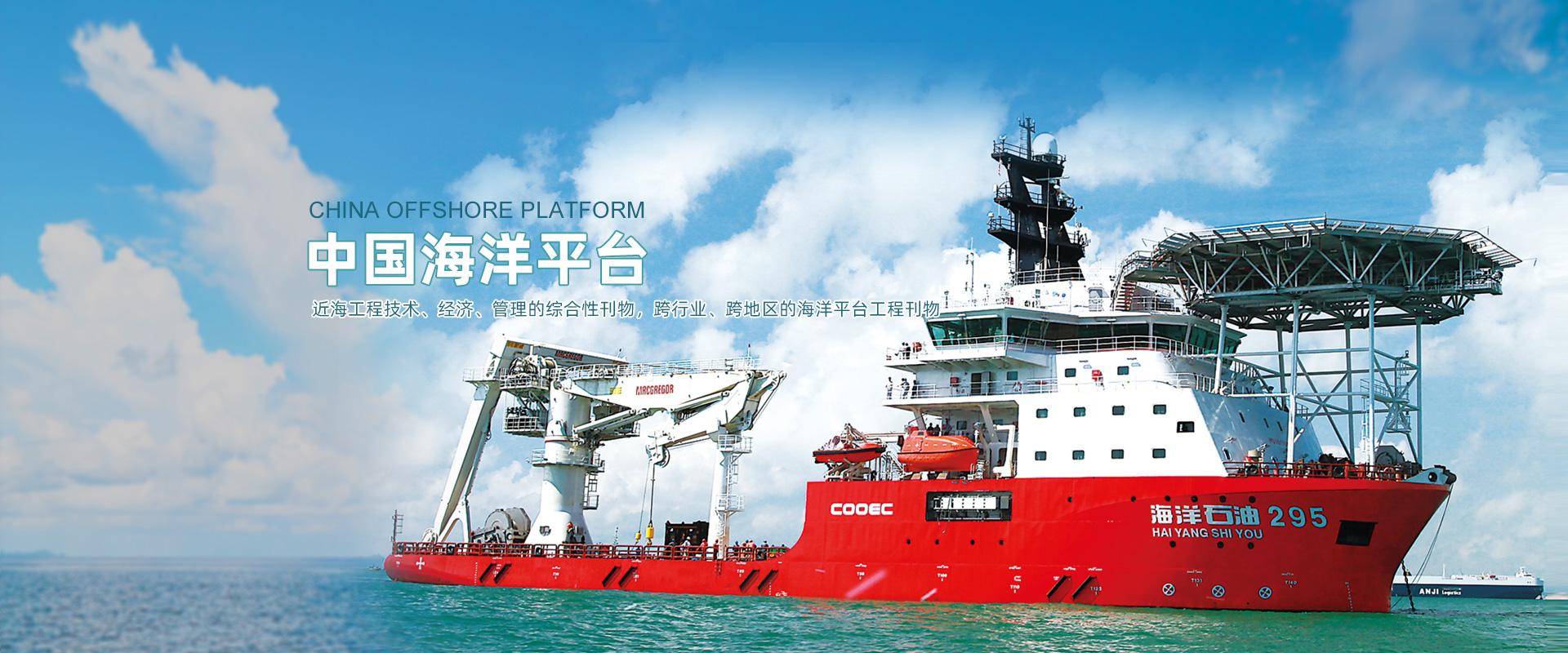Abstract:In offshore oil and gas development, the dry tree has more advantages than the wet tree. To reduce the motion response of the cylindrical platforms and ensure its compatibility with dry tree requirements, the motion performance of a new type of deepwater cylindrical dry tree platform is investigated. Based on the three-dimensional potential flow theory, this paper examines the motion response characteristics of three distinct types of dry tree cylindrical platforms under various sea conditions and conducts corresponding model tests. The study indicates that the transition section of the platform significantly reduces the pitch motion response of the platform but has minimal effect on the heave motion response. Additionally, by comparing platforms with and without moonpool structures, it is concluded that the presence of a moonpool increases the platform's motion response.
